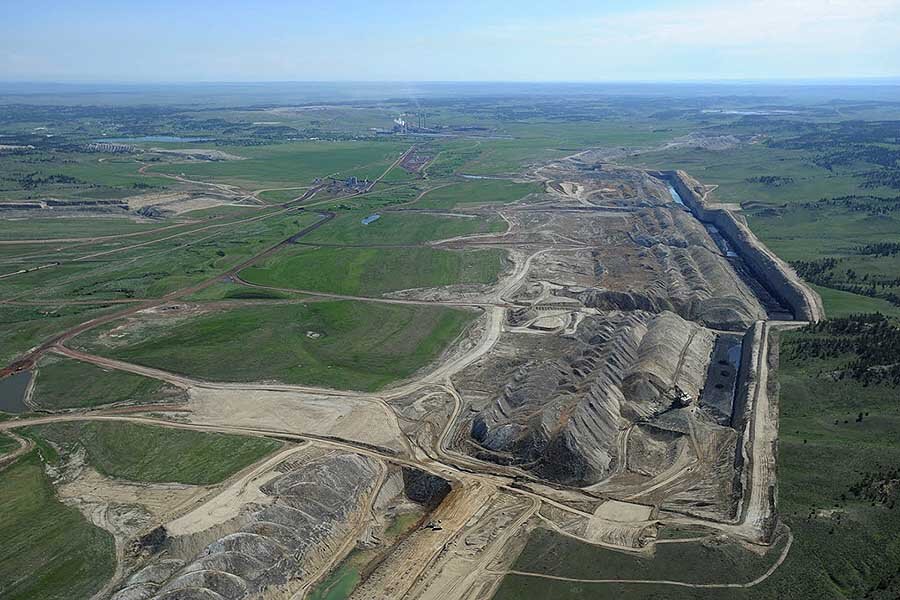Clean Power Plan challenge set for September. Is SCOTUS far off?
Loading...
| WASHINGTON
The full appeals court in Washington will hear arguments in the legal fight over President Barack Obama's plan to curtail greenhouse gas emissions, potentially accelerating the case's path to the Supreme Court.
The United States Court of Appeals for the District of Columbia Circuit issued an order Monday scheduling oral arguments on the legality of the Clean Power Plan for September 27.
A three-judge panel had been scheduled to hear the case June 2, but whichever side lost was considered likely to seek a review by the full appeals court. By using its discretion to skip a step, the appeals judges are potentially shaving months off the time before the case could be heard by the high court.
It is rare for an appeals court to hold such an "en banc" review prior to the smaller panel's decision, but procedural rules allow it when the case at issue "involves a question of exceptional importance."
About two dozen mostly GOP-led states sued the Environmental Protection Agency over the new carbon-cutting regulations, which aim to slow climate change by reducing power-plant emissions by one-third by 2030. More than 100 conservative advocacy groups, electric utilities and coal mining companies have also filed suit.
If the Clean Power Plan were to be struck down in court, it would become more difficult for the United States to meet its goals for cutting carbon emissions under the landmark international climate treaty signed in Paris at the end of last year. The U.S. is the world's largest emitter of harmful greenhouse gases.
If implemented, the plan would reduce greenhouse gases by up to 32 percent in 2030, and could help spur innovations in clean power technology, as The Christian Science Monitor reported in January.
Of the 11 active judges on the DC Circuit, Chief Judge Merrick Garland and Judge Cornelia Pillard recused themselves from hearing arguments on the Clean Power Plan.
Garland, who is Obama's nominee for the Supreme Court seat vacated by the February death of Associate Justice Antonin Scalia, has been recusing himself from active cases. The court's order gave no explanation for Pillard's recusal.
Even without them, the court's makeup could favor Obama. Of the nine remaining judges, five were appointed by Democratic presidents.
Environmental groups cheered the court's move.
"The court's order may well speed up final resolution of the case," said David Doniger, director of the Climate and Clean Air Program at the Natural Resources Defense Council. "We look forward to our day in court — and remain confident that the Clean Power Plan will prevail over efforts by polluters and their allies to block climate action."
The Supreme Court voted 5-4 earlier this year to delay implementation of the plan until the legal challenges are resolved, but that vote was taken prior to Scalia's death.
Republicans leaders in the U.S. Senate have promised not to vote on Garland's nomination until after a new president is elected in November, leaving the Supreme Court split 4-4 between conservatives and the more moderate and liberal justices. If a ninth justice is not appointed before the high court takes up the Clean Power Plan, then the appeals court's decision would stand in the event of a tie.
Opponents of the plan reiterated Monday that the outcome of the case is still far from certain. They have portrayed the Obama Administration's move to use the Clean Air Act to regulate carbon emissions as an illegal power grab.
"So much about the Clean Power Plan has defied precedent," said Scott Segal, a lawyer representing the pro-coal Electric Reliability Coordinating Council. "When it comes to the Clean Power Plan, it is best to expect the unexpected."
Associated Press report Sam Hananel in Washington contributed to this report.







